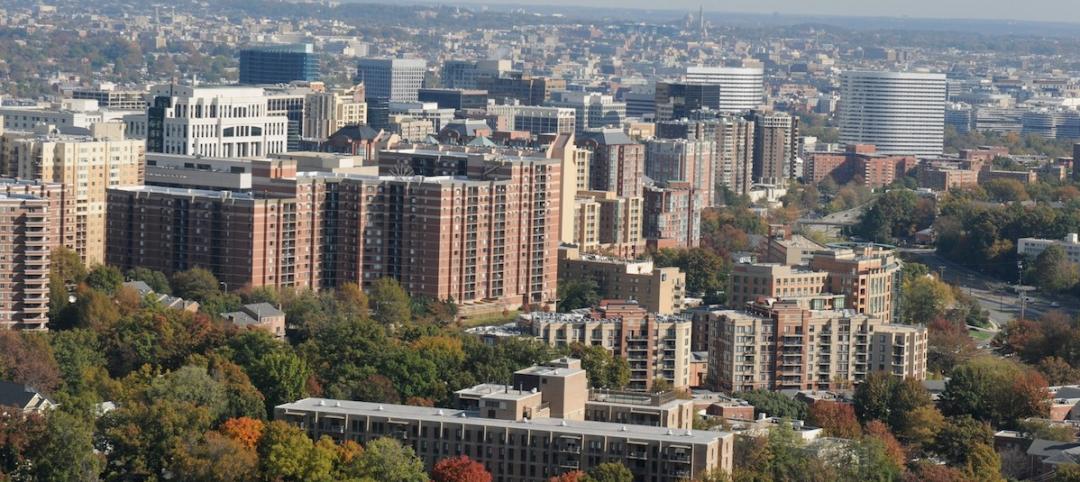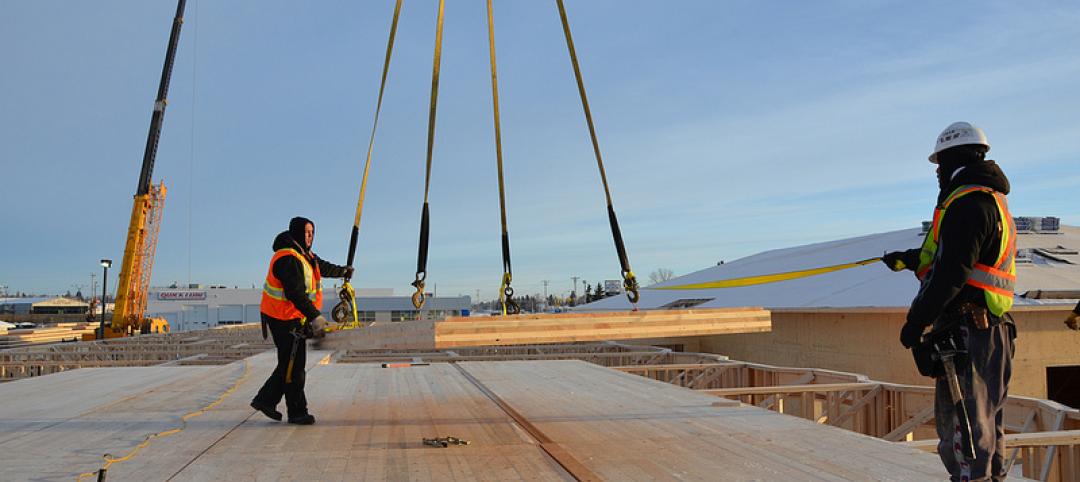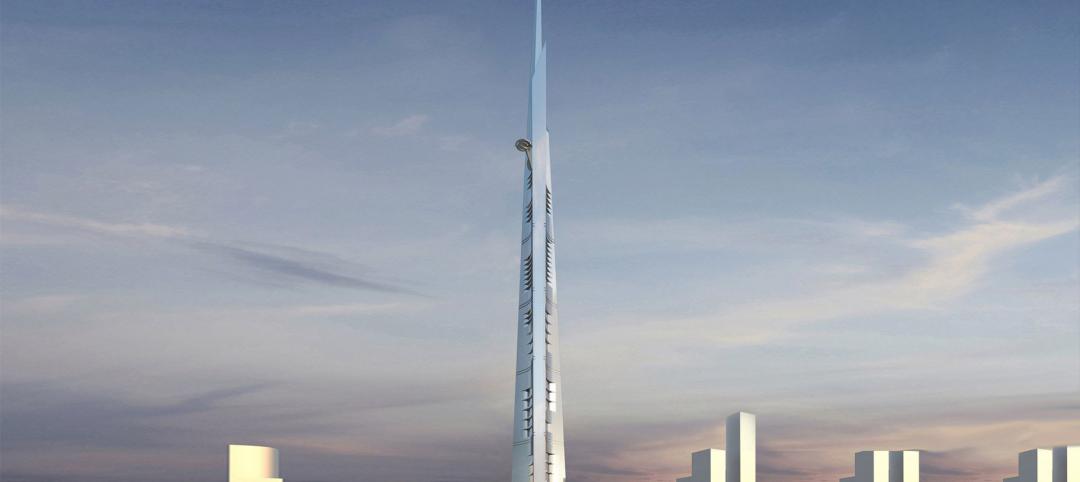Vancouver, Canada’s third largest metropolitan area, has the country’s highest seismic risk.
Recent simulations suggest that existing models used to develop current building codes have underestimated the region’s seismic hazard, according to a new study led by researchers from the University of British Columbia. Vancouver is surrounded by mountains and lies in a basin composed of deep sedimentary deposits near the Cascadia Subduction Zone, an active tectonic plate boundary.
This geology is softer and less compact than the surrounding bedrock, and will amplify shaking caused by seismic waves, researchers say. This makes high-rises in the city more vulnerable to damage from a major earthquake than in other regions.
Ground motion models serve as the foundation for Canada’s national seismic hazard model, and they typically rely on past observations of earthquakes from around the world. Seismic codes are based on these, but do not account for Vancouver’s particular geology. Tall buildings constructed before 1990 are most at risk.
Related Stories
Sponsored | Fire-Rated Products | Mar 7, 2016
Fire Resistive Curtain Wall Helps Hospital Meet Fire and Seismic Requirements
SaftiFirst’s custom curtain wall complied with all the seismic requirements while still blending in seamlessly with building’s design
Seismic Design | Oct 22, 2015
Taipei 101 tower named 'world's toughest' building by Popular Mechanics
Popular Mechanics named the 10 structures that best withstand floods, winds, storms, and earthquakes.
Seismic Design | Oct 16, 2015
L.A. City Council votes for seismic retrofits for older buildings
Thousands of wood, concrete apartments subject to costly renovations.
Codes and Standards | Jul 16, 2015
Oregon to spend $300 million for seismic updates on public buildings
A survey found that more than 1,000 Oregon school buildings face a high risk of collapse during earthquakes.
Seismic Design | Jun 9, 2015
First building-specific earthquake warning system installed in North Portland, Ore.
The ShakeAlarm system recognizes and quantifies the faster but lower-energy seismic P-wave, which is the precursor to the more damaging S-wave.
Codes and Standards | Apr 12, 2015
Virginia surpasses Florida for strictest hurricane building codes
Virginia has edged out Florida as the state with the most stringent hurricane building codes, according to the Institute for Business and Home Safety’s “2015 Rating the States” report.
| Feb 20, 2014
5 myths about cross laminated timber
A CLT expert clears up several common misconceptions and myths surrounding the use of wood as a building material.
| Feb 5, 2014
7 towers that define the 'skinny skyscraper' boom [slideshow]
Recent advancements in structural design, combined with the loosening of density and zoning requirements, has opened the door for the so-called "superslim skyscraper."
| Jan 28, 2014
2014 predictions for skyscraper construction: More twisting towers, mega-tall projects, and 'superslim' designs
Experts from the Council on Tall Buildings and Urban Habitat release their 2014 construction forecast for the worldwide high-rise industry.
| Jan 21, 2014
2013: The year of the super-tall skyscraper
Last year was the second-busiest ever in terms of 200-meter-plus building completions, with 73 towers, according to a report by the Council on Tall Buildings and Urban Habitat.
















